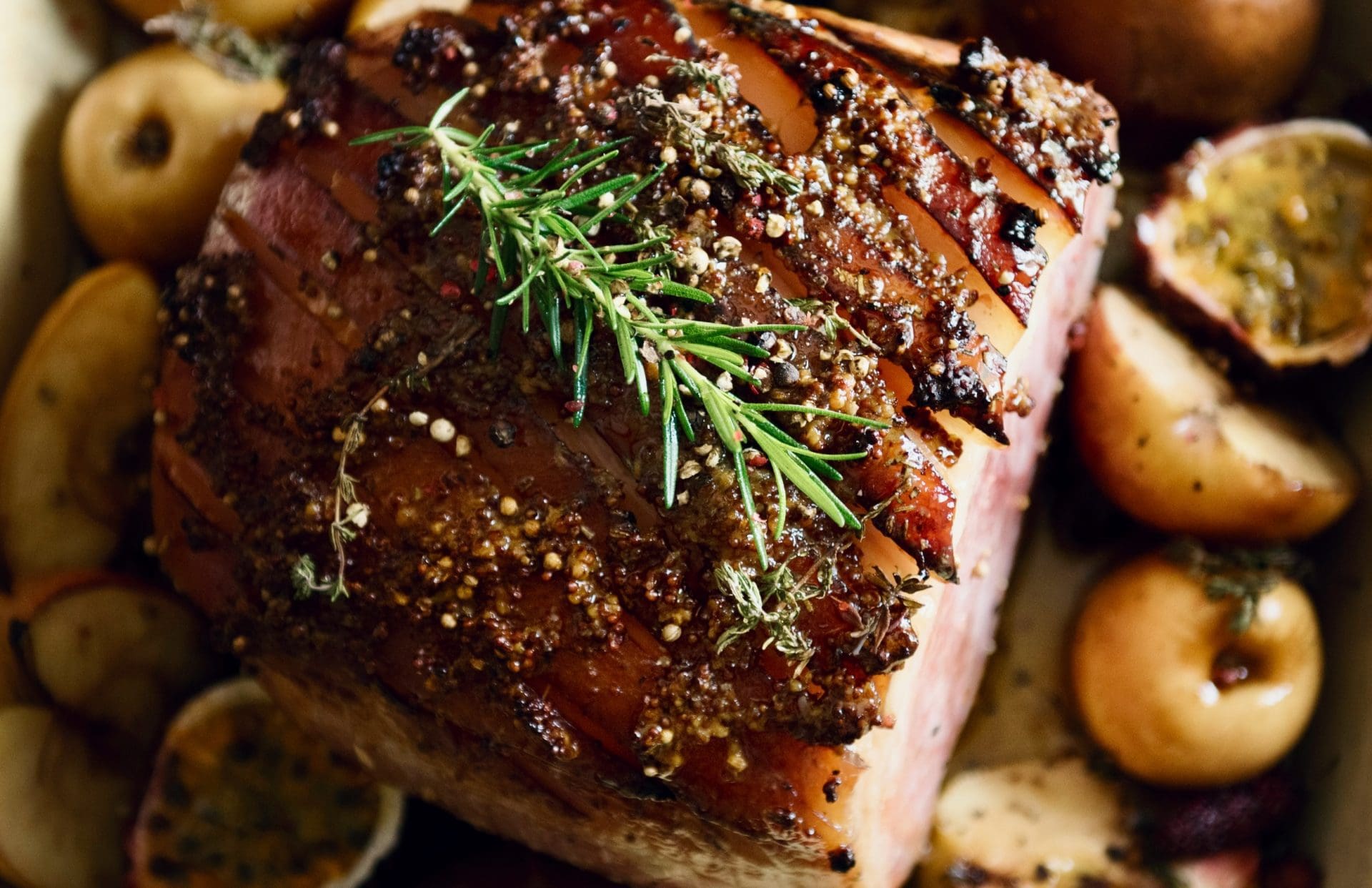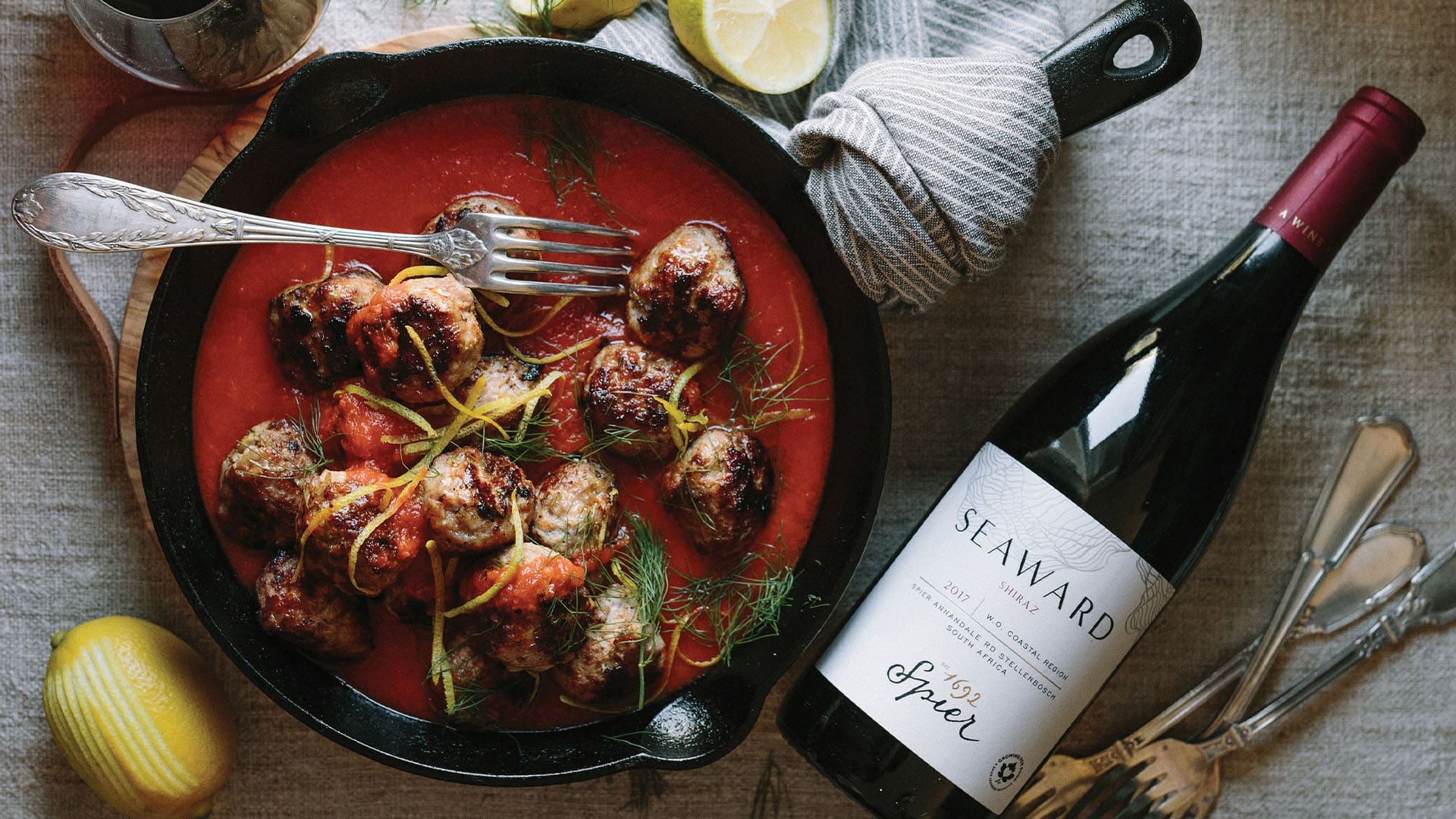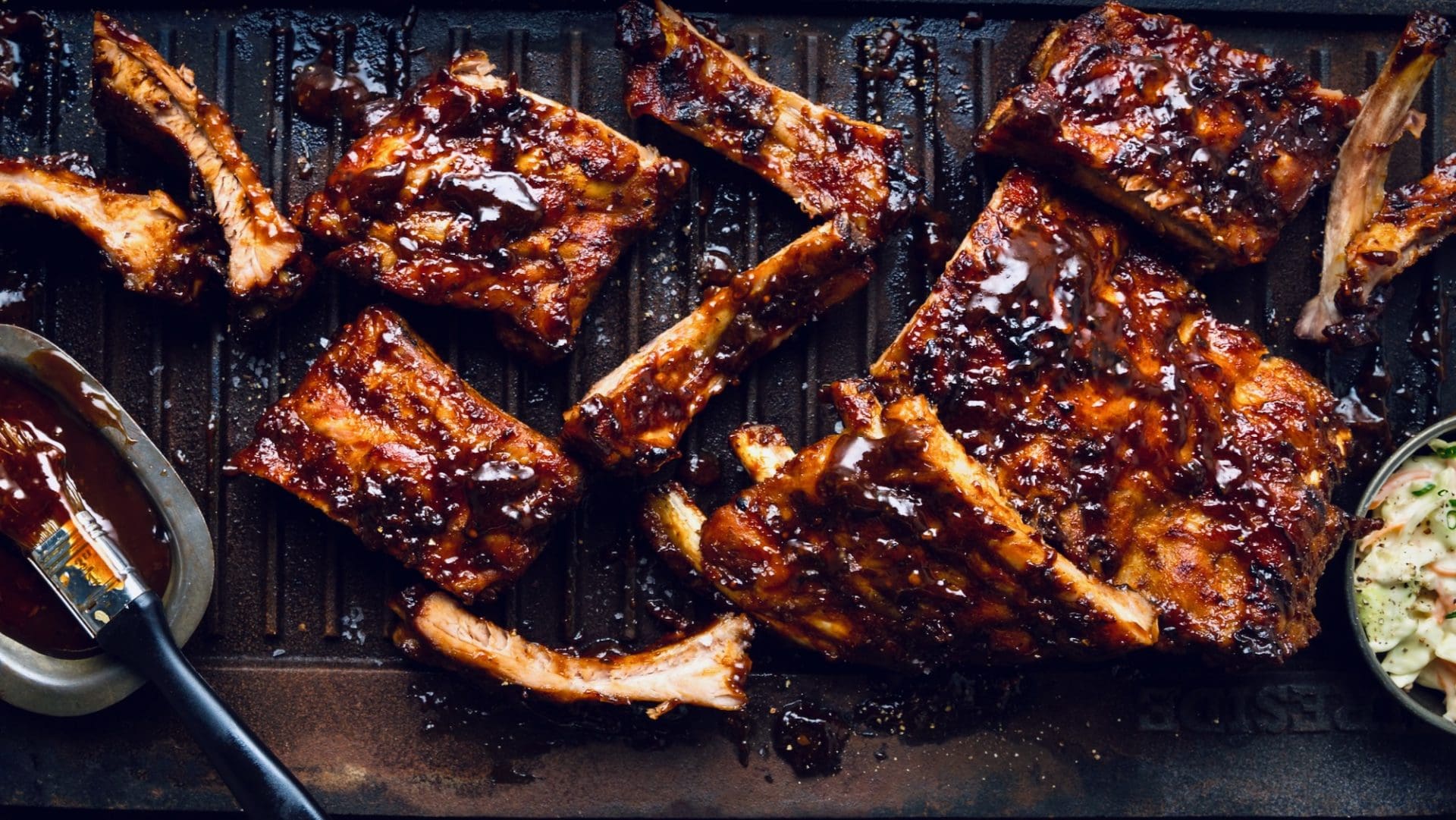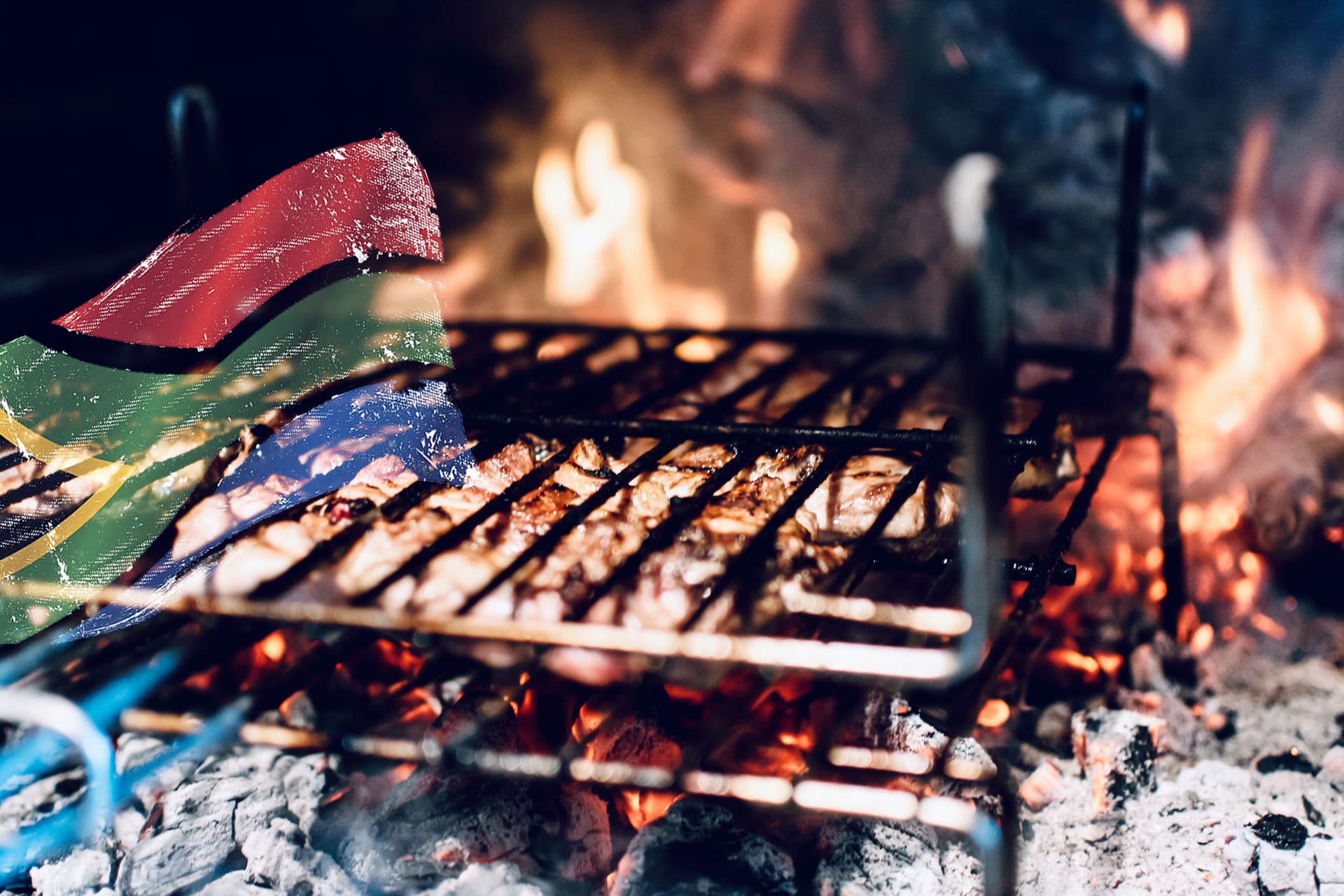How to cook a pork roast
Step 1
Dry meat with a paper towel. With a small sharp knife, deeply score the rind at 1cm intervals, without cutting into the meat. If you have time, put the scored roast in the fridge for one hour or overnight (uncovered). This helps to dry out the rind and improve the crackling process.
Step 2
Rub the roast with 1 tablespoon of oil and a sprinkling of salt to taste. Make sure the oil and salt are worked into the scores on the rind.
Step 3
Place the roast on a wire rack inside a baking tray and cook at 240°C until the rind crackles, up to 50 minutes.
Step 4
Turn the oven to 180°C and cook for 30-35 minutes per kg, depending on how well you like your roast cooked.
Step 5
Once cooked, let the roast rest for 10 minutes before slicing.
Tips
One of the most important things when cooking a pork roast, is to dry off the rind as much as possible before you start cooking.
Note: to achieve great crackling, getting the oven temperature correct is critical. We recommend the use of an “oven thermometer” to verify that the stated oven temperature is accurate.
What you need:
Keep these kitchen tools handy when cooking roast pork.
- A sharp knife for scoring the rind.
- Paper towels for drying off any moisture on the pork rind.
- Salt for rubbing into the rind for making the crackling.
- Unwaxed white kitchen string for tying a stuffed pork roast at regular intervals to secure.
- A roasting pan for cooking pork.
- Foil to cover the pork when resting.
- A carving fork and carving knife for carving the cooked pork.
Roast pork know-how
Follow these tips for buying, storing and cooking your pork.
Choose your cut:
If you want crackling, look for a good coverage of fat and rind. Pork cuts that are suitable for roasting include leg, rack, rolled loin and rolled shoulder. If you don’t want crackling, choose a rindless cut such as pork scotch fillet or topside (mini roast pork). These cuts have less fat, so they’re healthier as well.
Store it safely:
As soon as you get home, store your pork in the coldest part of the fridge. If you’re not cooking it within two days, you can freeze pork for up to six months. Place the pork in an airtight container or sealable plastic bag. To thaw, place the frozen pork in the fridge for 24 to 48 hours, depending on the size, or until thawed.
Time it right:
Follow the table (below) for cooking times, which vary depending on the cut of pork you use, the amount of fat and rind, and the size and weight of the meat. As a general guide, when roasting pork with rind, preheat your oven to 220°C to crisp the rind, then reduce the temperature to 180°C to finish cooking the meat.
Make it medium:
To enjoy your roast pork at its juicy best, cook it to medium so there’s still a hint of pink in the centre. Contrary to popular belief, pork doesn’t have to be cooked all the way through, and overcooking makes the meat tough and dry.
Let it rest:
After removing your pork from the oven, cover the roasting pan with foil and set it aside to rest for about 10 minutes before carving. This allows the juices to settle, which helps keeps the meat tender and moist.



